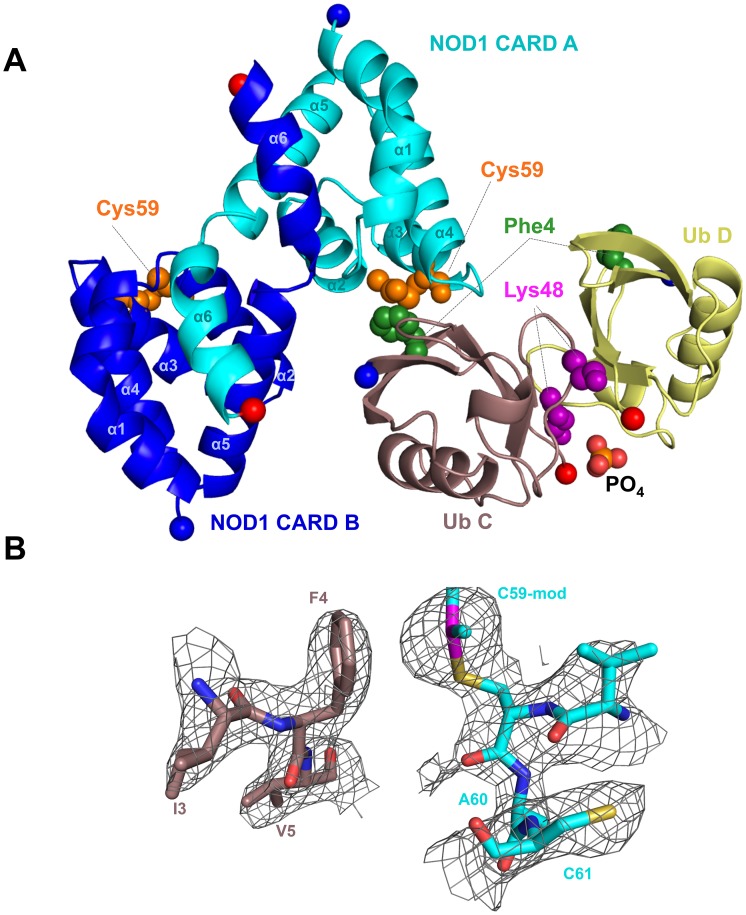Figure 1. Cartoon view of the NOD1 CARD-Ub complex.
A) NOD1 CARD and Ub crystallized as a dimer of dimers. NOD1 CARD A (cyan) and Ub C (mauve taupe) are in the asymmetric unit. Symmetry-related subunits NOD1 CARD B (blue) and Ub D (yellow) complete the full complex. The NOD1 CARD homodimer demonstrates swapping of the sixth helices, similar to other reported NOD1 CARD dimers (2NSN and 2NZ7). The ubiquitin dimer chelates a phosphate anion (shown as spheres), similar to chelation of sulfate seen in another structure of Lys48-linked tetra-Ub (2O6V). Phe4 of Ub (green spheres) and the modified Cys59 of NOD1 CARD (orange spheres) are key residues mediating the NOD1 CARD-Ub interaction. The Lys48 residues of both Ub molecules are shown as magenta spheres. The N- and C- termini are highlighted as blue and red spheres, respectively. B) Close-up view of the dimethyl-arsenic adduct on NOD1 CARD. The Cys59 sidechain of NOD1 CARD (cyan) is shown in isolation. The adduct is within ∼3.5 Å of the aromatic Phe4 sidechain on Ub (mauve taupe), also shown in isolation. Electron density contoured at 2.0 sigma and carved at 2.3 Å shows the Cys59 sidechain is modified (left), while the nearby solvent-exposed Cys61 is not.

